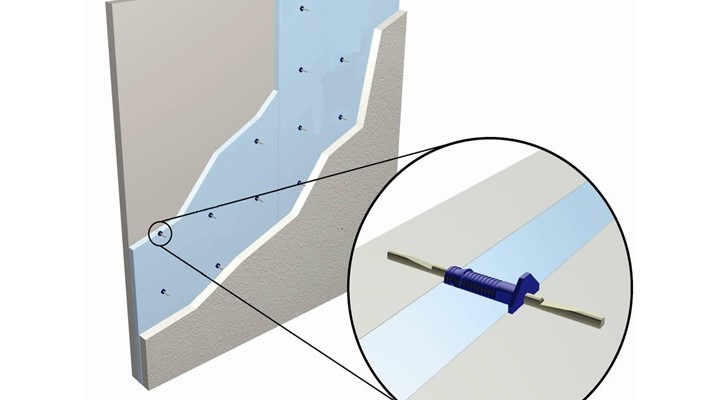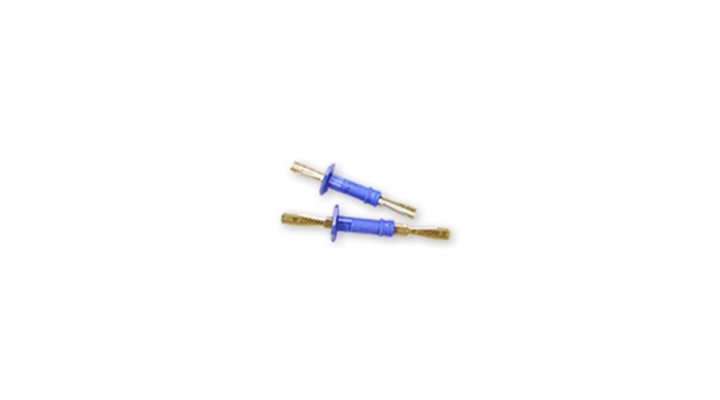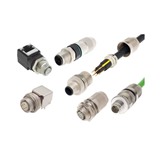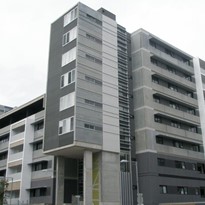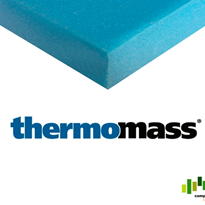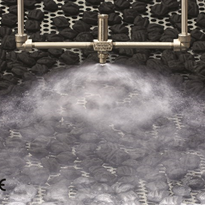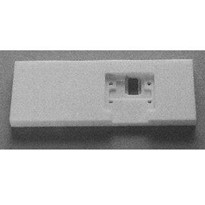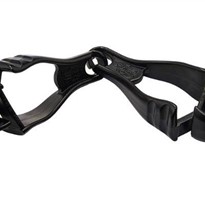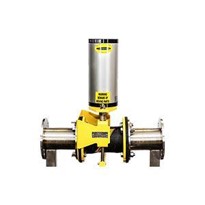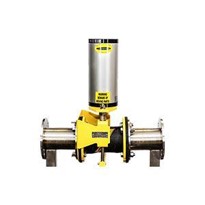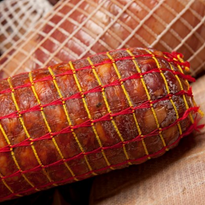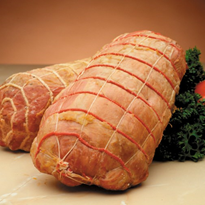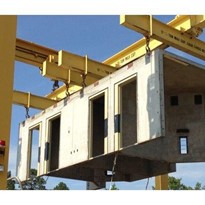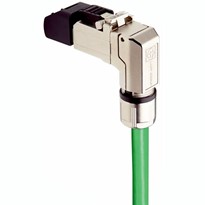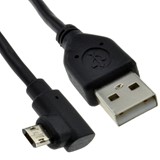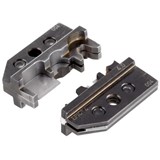THERMOMASS connectors are made from a fibre composite that has the same thermal properties as concrete. This means they expand and contract at the same rate as concrete.
Plastic connectors expand at different rates, which put pressure on the concrete during the diurnal cycle. Eventually, the concrete will crack and spall (concrete cancer). Not only is this unattractive, it can be dangerous.
Neither The Building Code of Australia, nor any concrete peak body documentation has a section that covers the use of connectors in sandwich panels. THERMOMASS has been in use in Australia, the US and Europe for over 30 years.
Only THERMOMASS has a third party documentation and testing process that proves the strength, durability and thermal properties of the THERMOMASS connectors.
Steel connectors transfer heat from the outside of the building to the inside through thermal bridging. Independent testing shows that heat travels down these connectors and forms hot/cold spots on the interior wall, reducing or nullifying the effectiveness of the insulation layer. THERMOMASS connectors are non-conductive. This means the panel protects the R-Value (insulative qualities) of the insulation layer. Steel connectors do not.
No other connector available has these thermal and strength properties. If you're using concrete and you're not using THERMOMASS you're not only committing to higher energy use, you're risking the building's lifespan, the money invested and the safety of the occupants.


